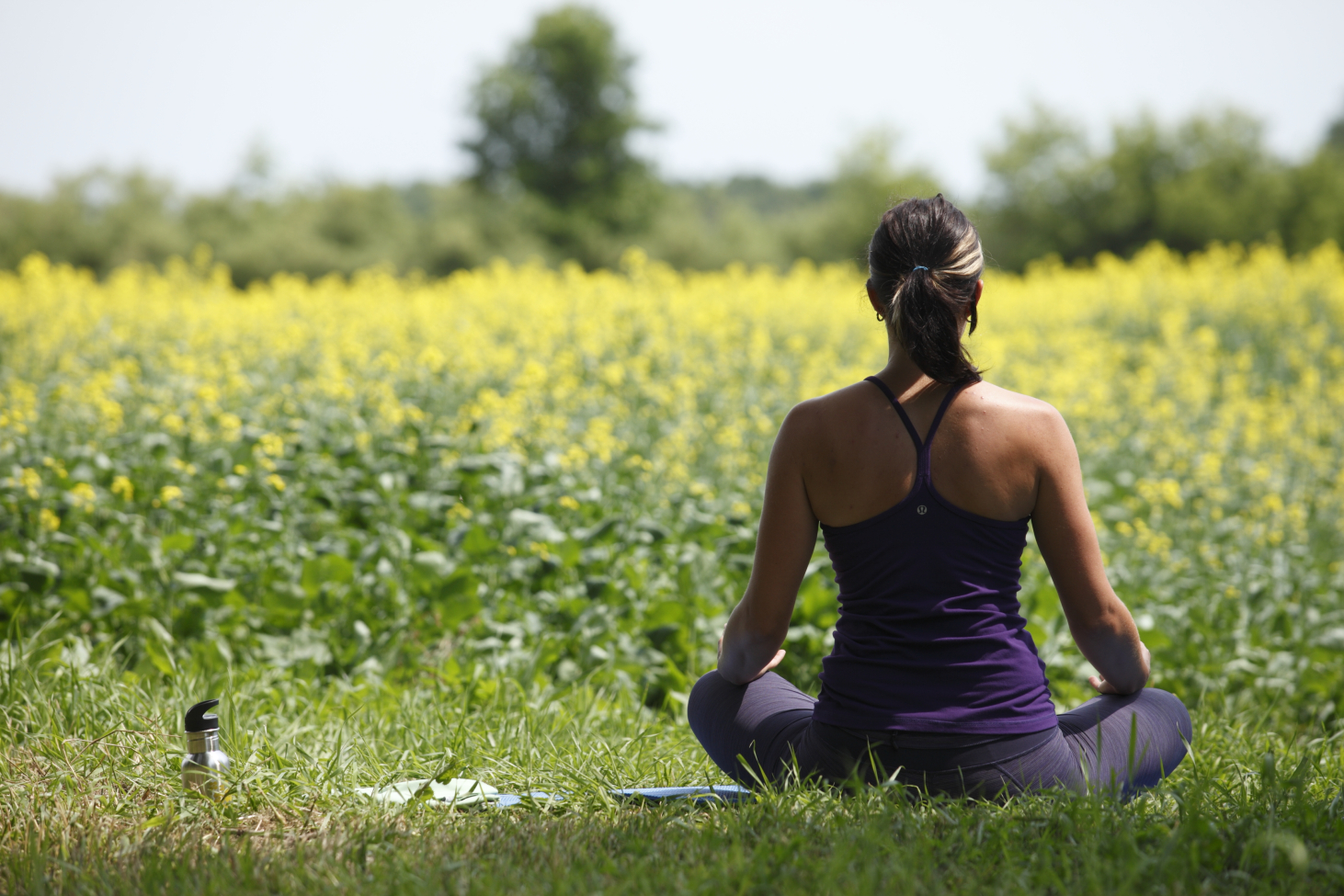
The most important safety technique during yoga practice is simpler–and harder–than you may imagine: Self-awareness. What are you feeling today, and where do you feel it? What parts of your body need attention, and do those parts need more work or more rest? Learning to be aware of bodily sensations and then to actually follow those cues is how you will create a safe and happy yoga practice.
Yoga should not hurt. If you are in pain, you are not doing yoga.
Do not worry about what others look like, or what you see in some magazine or on the web. Do not strain to keep up with others. Everybody is different than every other body, and every body is different. Even your own body will do different things on different days. It is this type of awareness of your own body that yoga both requires and nurtures. Practice where you are at today. Challenge is good; pain is not. If you try to push through pain, you will cause injury to yourself. Do not focus on where you think you should be. Work from where you are right now, right here. This is awareness. This is ahimsa (non-violence–to yourself as well as others). This is yoga.
Self-awareness, including noting your bodily sensations, also means not to give your power away. Honor what your body is telling you. In other words, only you know how something feels in your body, and you must act accordingly. A qualified yoga instructor is helpful and even necessary if we are trying new and challenging postures. A yoga instructor often has great advice for particular aches or concerns. But do not follow any instruction, no matter who the instructor is or how much you respect him or her, if that movement or position hurts. Do what feels right.
This is the philosophy of many yoga traditions, including Kripalu Yoga, as taught here at AHA! Yoga. The emphases on self-care, awareness, safety, and growth are why we find Kripalu styles of yoga so effective.
Yoga is about self-awareness and, as we continue practicing, yoga cultivates and strengthens the best parts of ourselves. It starts simply, with a safe yoga practice.
* * *
Recent studies and medical practices support these claims. Want to know more about safe yoga practice, and how individual bodies require individualized yoga poses? More links and articles coming soon.


